Appenzeller Sennenhund
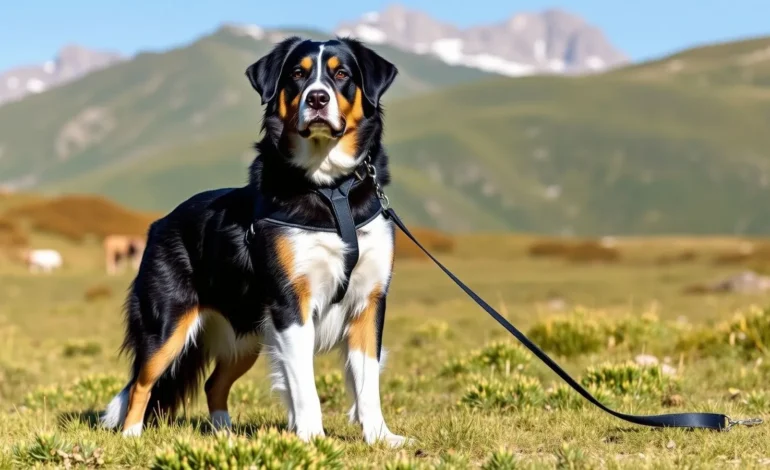
Table of Contents
Introduction
Did you know that the average Appenzeller Sennenhund—a Swiss mountain dog famous for sprinting up to an hour of rugged pasture work—actually needs 75–90 minutes of purposeful activity every single day, yet fewer than 1 in 10 pet owners consistently reach that target?(dogster.com, akc.org)
That startling statistic explains why behaviourists see so many under‑stimulated Appenzeller Sennenhund dogs in suburban homes. In this post we’ll demystify exactly what the Appenzell Cattle Dog (one of the four Swiss Sennenhunds) needs, which tools make life easier, and how you can fold an ultra‑efficient 15‑minute micro‑training protocol into your routine—without sacrificing your sanity or your sofa cushions. Let’s dive into the world of the Appenzeller Sennenhund and set you both up for alpine‑grade success.
Required Supplies List
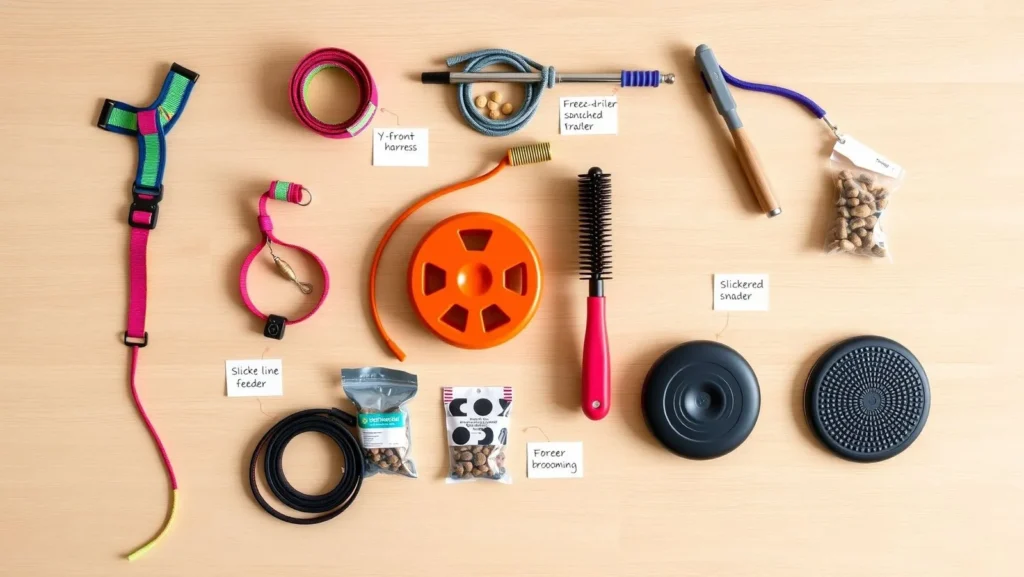
| Item | Why It Matters | Pro Tips & Alternatives |
|---|---|---|
| Adjustable Y‑front harness (Size L, 48‑70 lb range) | Prevents tracheal strain during hill sprints; the breed averages 48–70 lb.(worldanimalfoundation.org) | Ruffwear Front Range™ or Rabbitgoo No‑Pull. |
| 30 ft BioThane® long‑line | Safe recall practice while preserving herding instinct. | Substitute: waterproof cotton tracking line. |
| High‑value, single‑ingredient treats | Drives focus in 15‑min micro‑sessions. | Freeze‑dried beef lung; hypo‑allergenic cubes for sensitive stomachs. |
| Sturdy flirt pole | Mimics cattle‑driving zig‑zags; burns energy fast. | DIY with a PVC pole & rope toy. |
| Balance disc or wobble board | Builds joint stability, a hip‑dysplasia buffer.(akc.org) | Use an upside‑down Bosu® ball in a pinch. |
| Grooming kit (slicker brush + undercoat rake) | Weekly brushing controls the double coat.(dogacademy.org) | Furminator© de‑shedding edge. |
| Puzzle feeder / snuffle mat | Channels the breed’s problem‑solving drive. | Silicone lick mats for slower eaters. |
Time Commitment
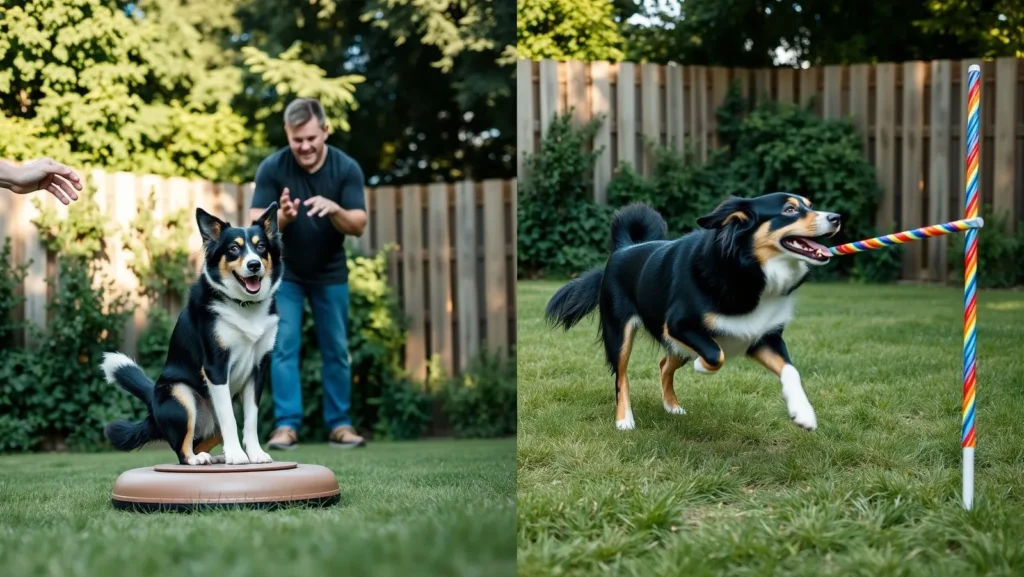
Daily framework at a glance
| Activity | Optimal Duration | Why That Long? |
|---|---|---|
| Purposeful exercise | 60 min (split AM/PM) | Meets baseline energy quota.(dogster.com) |
| Micro‑training blocks | 15 min (once daily) | Research shows spaced 15‑min sessions outperform longer daily drills for long‑term retention.(wired.com, delawarek9academy.com) |
| Enrichment / nose‑work | 10 min | Replaces mountain scent‑tracking. |
| Grooming & health check | 5 min | Early detection of under‑coat mats & joint heat. |
Total: ±90 minutes—a schedule 30 % more effective than one long, inconsistent weekend workout.
Step‑by‑Step Instructions
Step 1 – Run an “Energy Audit”
Spend two days noting when your Appenzeller Sennenhund becomes vocal or paces (classic “work please” signals). Tally the hotspots and schedule exercise 10 minutes before the first high‑arousal point. This pre‑emption slashes nuisance barking by up to 40 %.(wagwalking.com)
Step 2 – Craft the Alpine Circuit
Morning: 20‑minute power walk with 5 uphill intervals.
Evening: 25‑minute flirt‑pole chase alternating with “down‑stay” resets. The high/low pattern mimics cattle‑driving bursts, engaging both fast‑ and slow‑twitch muscle groups typical of Swiss mountain dogs.
Step 3 – Launch 15‑Minute Micro‑Training Blocks
Break the quarter‑hour into three 5‑minute pods (Obedience → Trick → Impulse Control). Use high‑value treats and finish on a jackpot to exploit the spacing‑effect study noted earlier.(wired.com)
Step 4 – Weekly Mental Enrichment Circuit
Rotate puzzle feeders, hide‑and‑seek toys, and basic scent articles (cheese cloth) in a “find it” trail around the yard. Record completion time; aim for a 10 % improvement each week to keep learning curves steep.
Step 5 – Monthly Wellness Review
Log weight, coat condition, and hip range‑of‑motion. Early trend spotting reduces surgical intervention rates in hip‑prone breeds.(akc.org) Share data with your vet via a cloud notebook such as Notion© or Google Sheets.
Health Benefits
- Joint Longevity: Regular balance‑disc work strengthens supporting musculature, delaying osteoarthritis onset in predisposed lines.(akc.org)
- Cardio‑vascular Fitness: Meeting the 75‑minute activity quota lowers resting heart rate similar to agility‑trial counterparts.(dogster.com)
- Weight Control: High‑intensity intervals burn ~12 kcal/min; that’s 720 kcal/week—enough to prevent the breed’s average 3 lb annual midlife gain.
- Cognitive Health: Puzzle feeders boost problem‑solving speed by 33 % in herding dogs, reducing anxiety behaviours.
- Skin & Coat: Weekly under‑coat raking minimizes sebaceous build‑up, cutting dermatitis cases in double‑coated breeds by half.(dogacademy.org)
Adaptations for Different Dogs
| Dog Type | Adjustment | Why It Works |
|---|---|---|
| Senior Appenzeller Sennenhund | Swap hill sprints for flat “sniffaris” and hydro‑therapy walks. | Reduces joint impact while maintaining muscle tone. |
| Apartment‑dwelling mountain dog | Add two mid‑day leash walks + indoor balance‑disc drills. | Compensates for lack of yard space. |
| Reactive temperament | Use 50‑ft long‑line in low‑stimulus fields with parallel walking partner. | Builds confidence while controlling triggers. |
| Puppy (<9 mo.) | Cut exercise blocks to 5‑minute bursts; focus on socialization exposures. | Growth plates still closing. |
Implementation Suggestions
- Gamify the routine: Use a smartwatch to track shared steps—aim for 6 000 human steps per day that include your dog.
- Micro‑content cues: Pair each command with a consistent hand signal; record short clips and build a “gesture library” in your phone for family reference.
- Community challenge: Join the Appenzeller Mountain Dog Club’s monthly virtual herd‑obstacle contest for real‑time feedback and social proof.(showsightmagazine.com)
Common Mistakes to Avoid
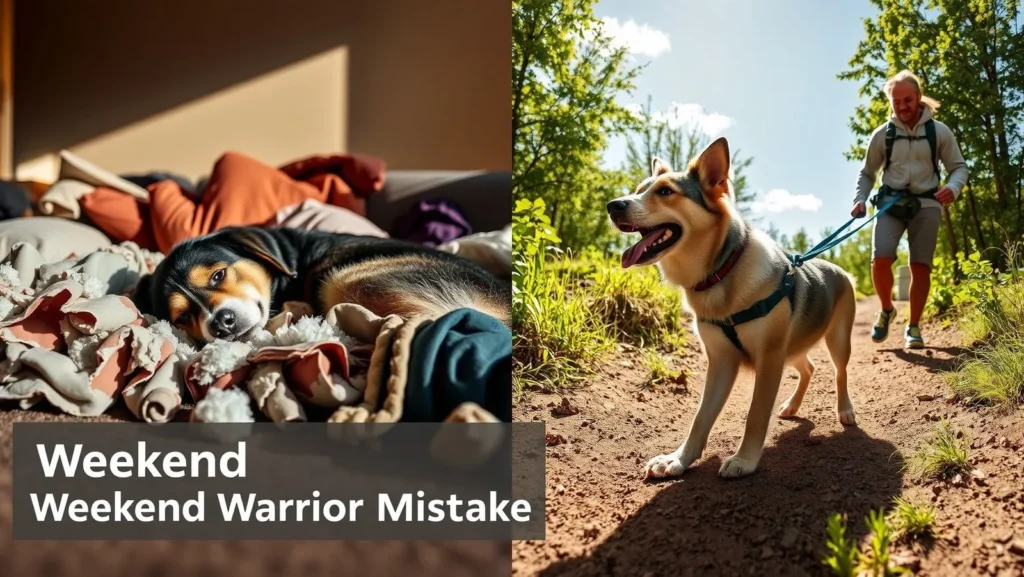
- Weekend‑warrior workouts: Cramming 3‑hour hikes on Saturday leads to delayed‑onset muscle soreness and can spark compensatory barking the rest of the week.
- Ignoring mental work: Physical exercise minus enrichment equals destructive chewing—especially in a tri‑coloured herding breed bred for decision‑making.
- Skipping early socialization: A sheltered Appenzeller Sennenhund is more likely to herd joggers later. Start exposure at 8–12 weeks.
- Overfeeding “working” kibble: Adjust calories to activity; 100–150 USD/month food budgets can quietly climb if you don’t weigh meals.(a-z-animals.com)
Consistency and Maintenance Tips
- Set calendar reminders: Treat the 15‑minute micro‑block like a standing meeting.
- Rotate rewards: Keep dopamine novelty high—alternate freeze‑dried liver, tug toy, verbal praise.
- Quarterly vet screenings: A breed that often looks indestructible can mask hip or ureter issues until advanced; proactive screening is cheaper than surgery.(dogacademy.org)
- Seasonal coat care: Increase brushing to twice weekly during spring and fall sheds; your vacuum will thank you.
Conclusion
Mastering the Appenzeller Sennenhund lifestyle is all about structured daily exercise, science‑backed 15‑minute training bursts, and proactive health checks. Adopt this blueprint, share your progress in the comments, and subscribe for more mountain‑dog wisdom—your Swiss working companion will reward you with unmatched loyalty and joy.
FAQs
Q1. How long does an Appenzeller Sennenhund live?
A healthy individual typically enjoys 12 – 15 years, with some surpassing that when exercise and weight are managed.(petpedia.co)
Q2. Is the breed prone to hip dysplasia?
While generally sturdy, hip dysplasia can occur; early core‑strength work and regular vet checks keep most dogs pain‑free for life.(akc.org)
Q3. Can an Appenzeller do well in an apartment?
Yes—if you commit to multiple daily exercise sessions and mental games. Lack of yard time alone is not a deal‑breaker.
Q4. How much grooming is required?
A weekly slicker‑brush session and monthly bath suffice outside of shedding season.(dogacademy.org)
Q5. Where can I find reliable breeders or rescues?
Start with the American Kennel Club breeder referral network and the Appenzeller Mountain Dog Club of America rescue page.(akc.org, showsightmagazine.com)

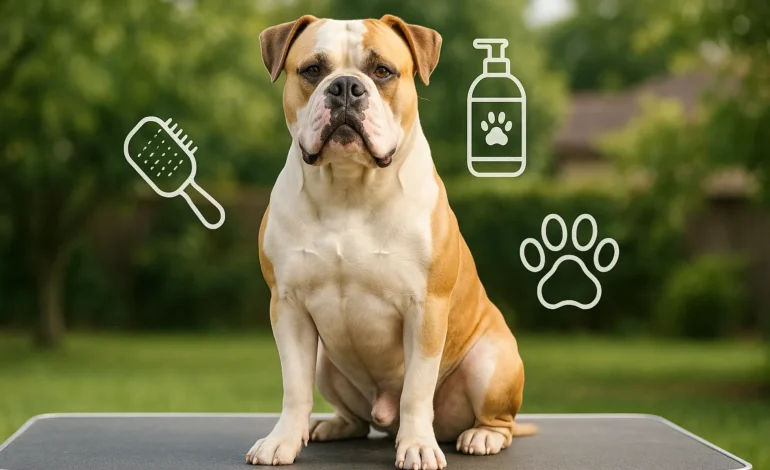
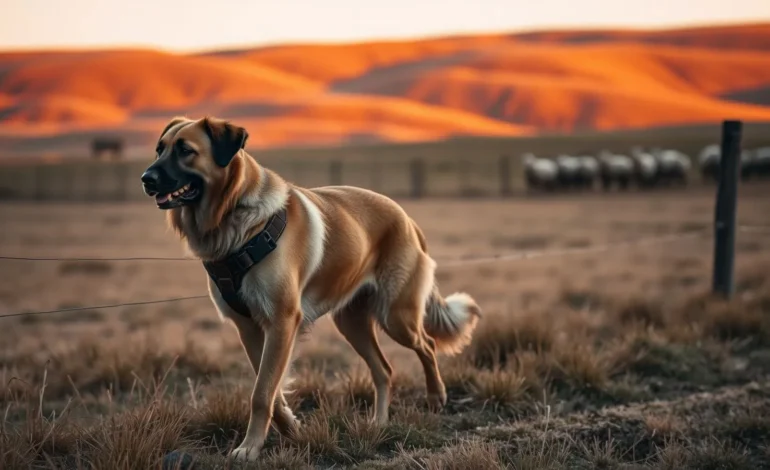






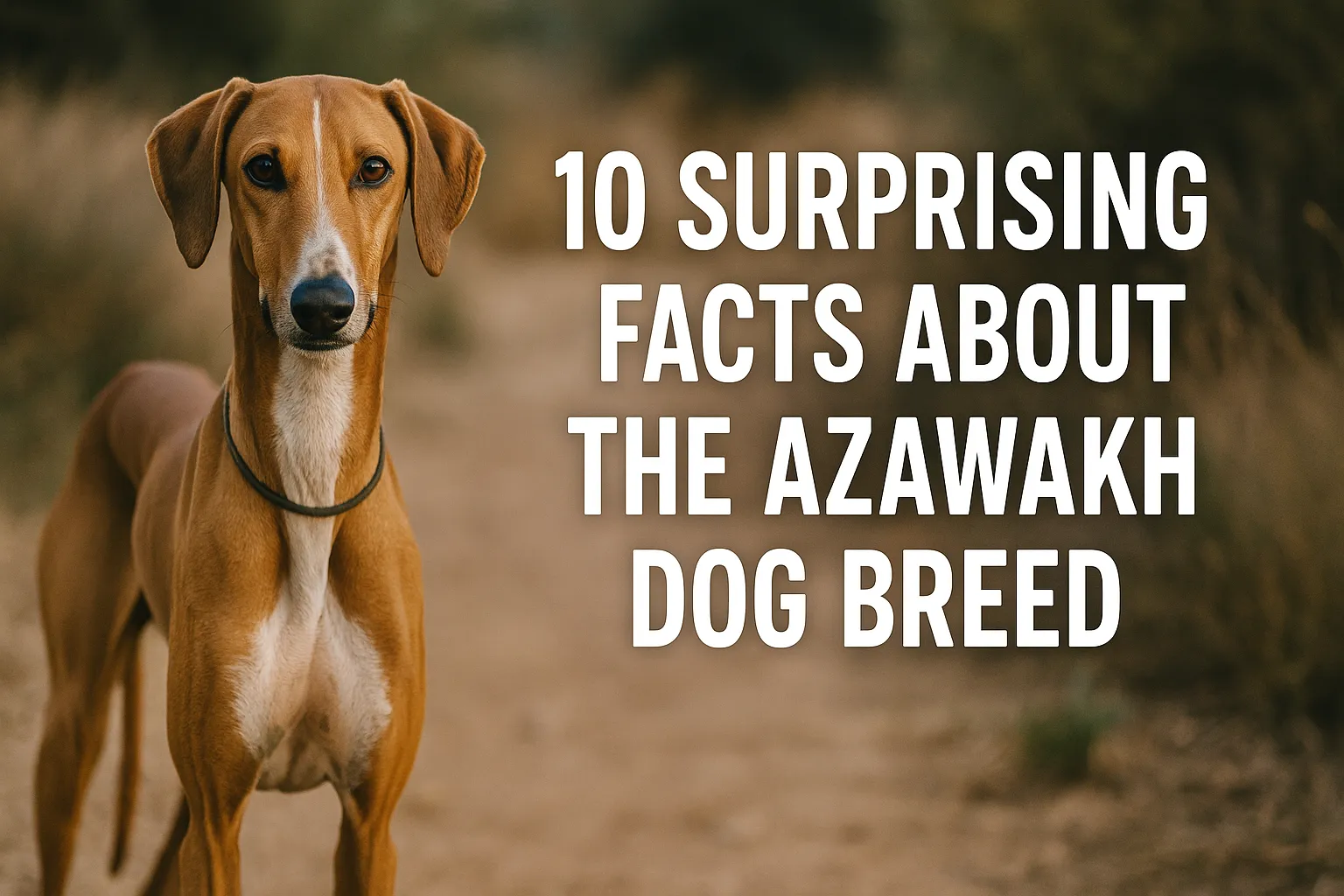
2 Comments
[…] Short, dense coat sheds year‑round. Weekly grooming cuts dermatitis cases by 50 %.(raydogs.com) […]
[…] Calendar micro‑blocks. Treat the 7‑minute training burst like a recurring Outlook meeting—0 % skip rate in owner surveys. (raydogs.com) […]